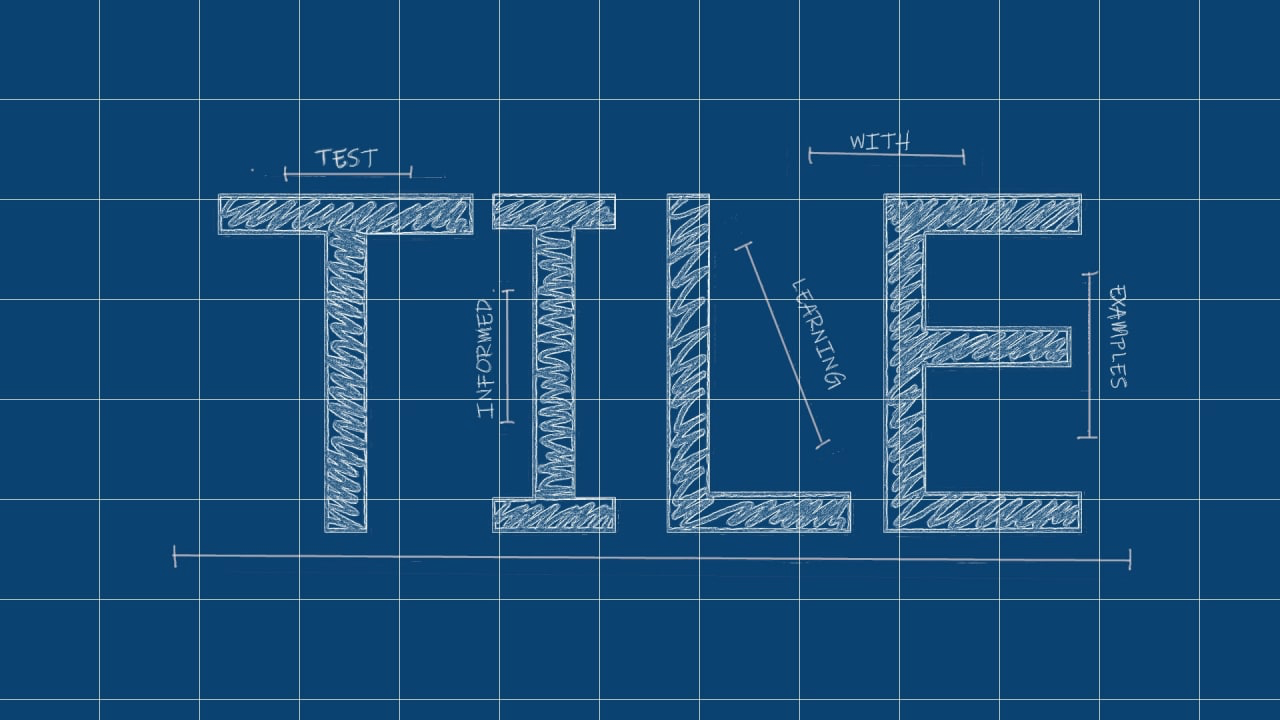Test Informed Learning with Examples

Repository with assignments using the Test Informed Learning with Examples (TILE) method to integrate testing into existing programming courses for free.
Menu
LinkedIN Community
Join our LinkedIN Community.
Cite this work
Use the following BibTeX entry to cite this work:
@INPROCEEDINGS{DVMB2023,
author={Doorn, Niels and Vos, Tanja and Marín, Beatriz and Barendsen, Erik},
booktitle={2023 IEEE Conference on Software Testing, Verification and Validation (ICST)},
title={Set the right example when teaching programming: Test Informed Learning with Examples (TILE)},
year={2023},
volume={},
number={},
pages={269-280},
doi={10.1109/ICST57152.2023.00033}
}
Calculating and verifying serial numbers based on dates
Implement a Python program that asks the user for four inputs: a
serial number, a day, a month, and a year of production date. First
your program has to verify that the given day, month and year
correspond to a correct date. If not, your program will notify that
on the screen and it will stop. You can finish a program with the
instruction exit().
If the date is correct, then you have to check if the serial number corresponds to the production date and print the result on the screen.
The serial number has to be 8 numbers long (remember the use of the
len() function), any number with another length is wrong.
Then we should check whether the serial number is correct and inform the user. A serial number is correct when:
-
The first 4 digits of the number (n1, n2, n3 and n4) meet the following properties:
-
n1 = (d1 + d2)% 10.
-
n2 = (m1 + m2)% 10.
-
n3 = (y1 + y4)% 10.
-
n4 = (y2 + y3)% 10.
-
-
The sum of the last 4 digits of the number (n5, n6, n7 and n8) must be less than 25.
What tests have you run to ensure that your program has the desired behaviour? Note that dates can be incorrect in many ways, make sure your program detects them all and stops when you enter:
-
day that is \(\leq 0\)
-
month that is \(\leq 0\)
-
year that is \(< 0\) (do we accept the year 0?)
-
days \(>=31\) for months that only have 30 days
-
days \(>=32\) for months that only have 31 days
-
29th of February when it is not a leap year
Then for correct dates, calculate some serial numbers by hand such that you can test the output of your program.
Insist that the students test their programs by giving them hints on
what to test.